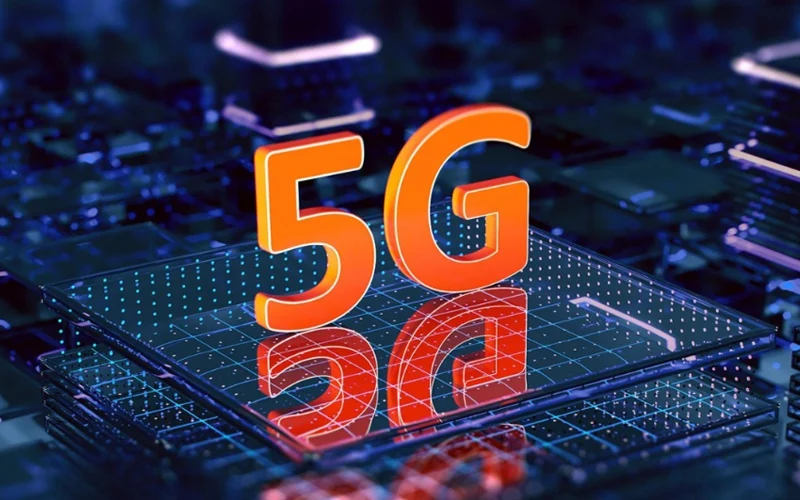In today’s hyper-connected world, the demand for faster, more reliable wireless communication is greater than ever. Enter 5G — the fifth generation of mobile networks. As the successor to 4G LTE, 5G is set to revolutionize how we connect, communicate, and interact with technology. In this blog post, we’ll explore what 5G is, why it matters, its key features, potential applications, and the impact it will have on our daily lives.
What is 5G?
5G stands for “fifth-generation” mobile network. It is not just an incremental improvement over 4G but a major leap forward in wireless technology. 5G promises significantly faster data speeds, ultra-low latency (response time), and the ability to connect many more devices simultaneously.
To understand the significance of 5G, it’s helpful to compare it to previous generations:
- 1G (1980s): Analog voice
- 2G (1990s): Digital voice (e.g., SMS)
- 3G (2000s): Mobile data
- 4G (2010s): Broadband internet experience
- 5G (2020s): Ultra-fast, ultra-reliable, and ubiquitous connectivity
5G operates across three frequency bands: low, mid, and high. High-frequency (millimeter wave) offers incredible speed but a shorter range, while low-frequency bands provide broader coverage with slower speeds.
Key Features of 5G
1. Faster Speeds
5G can deliver data speeds up to 10 Gbps, roughly 100 times faster than 4G. This means downloading a full HD movie could take just a few seconds!
2. Low Latency
Latency refers to the delay between sending and receiving information. 5G offers latency as low as 1 millisecond (compared to 30-50 milliseconds for 4G), enabling real-time communication.
3. Increased Capacity
5G can support up to a million devices per square kilometer. This is essential for the growing Internet of Things (IoT) ecosystem, where everything from cars to home appliances will be interconnected.
4. Network Slicing
5G allows network slicing — creating multiple virtual networks on a single physical infrastructure. Different slices can serve different use cases, like emergency services or entertainment streaming, with tailored performance.
5. Enhanced Reliability and Energy Efficiency
5G networks are designed to be more reliable and energy-efficient, which is critical for devices that need to remain connected and operational over long periods.
Applications of 5G
🚗 Autonomous Vehicles
Self-driving cars rely on real-time data from other vehicles, traffic signals, and their surroundings. 5G’s low latency ensures that vehicles can communicate and react instantly, improving safety and efficiency.
🟨 Smart Cities
5G will power smart city infrastructure, including intelligent traffic management, energy-efficient buildings, smart grids, and public safety systems.
📈 Industrial Automation
Manufacturing sectors will leverage 5G for precision automation, remote monitoring, and smart factories, increasing productivity and reducing downtime.
🧘♂️ Healthcare Innovations
Telemedicine, remote surgery, and real-time patient monitoring will become more viable and widespread with 5G’s ultra-reliable, low-latency connectivity.
🌐 Augmented Reality (AR) and Virtual Reality (VR)
AR and VR applications demand high bandwidth and minimal latency — two of 5G’s strongest features. This will revolutionize gaming, education, and even professional training.
Impact on Daily Life
With 5G, everyday experiences will transform:
- Entertainment: Buffer-free streaming, enhanced mobile gaming, and immersive AR/VR experiences.
- Work: Remote work becomes even smoother with faster video conferencing, cloud collaboration, and secure connections.
- Healthcare: Access to remote healthcare services will improve significantly.
- Shopping: Expect more interactive and personalized shopping experiences, both online and in stores.
- Education: Virtual classrooms and online learning will become more interactive and accessible worldwide.
Challenges and Concerns
While 5G brings immense promise, it is not without challenges:
- Infrastructure Costs: Building the dense network of small cell towers required for 5G, especially millimeter wave, is expensive.
- Security Risks: With more devices connected, cybersecurity will become even more critical.
- Health Concerns: Some people have expressed concerns about the potential health effects of 5G radiation, although extensive research so far has not found conclusive evidence of harm.
- Global Inequality: There’s a risk that developing regions could fall further behind without access to 5G infrastructure.
The Future of 5G
5G is just the beginning. It lays the groundwork for innovations like 6G, which researchers are already exploring. As 5G networks expand and mature, expect new applications and industries to emerge — many of which we can’t even imagine yet.
The transition to 5G represents a fundamental shift in technology and how we live and interact with the world. It promises a more connected, efficient, and innovative future.
Helpful Resources to Learn More
Stay curious, stay connected, and get ready — the 5G revolution is here!
